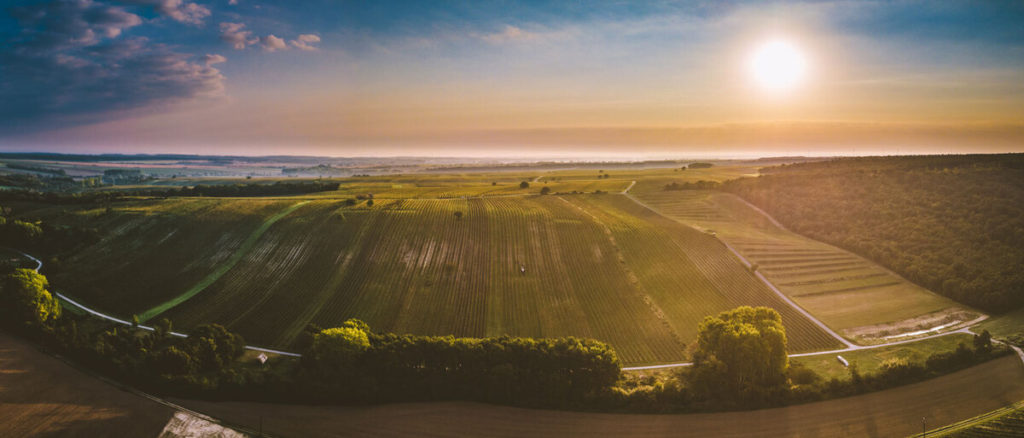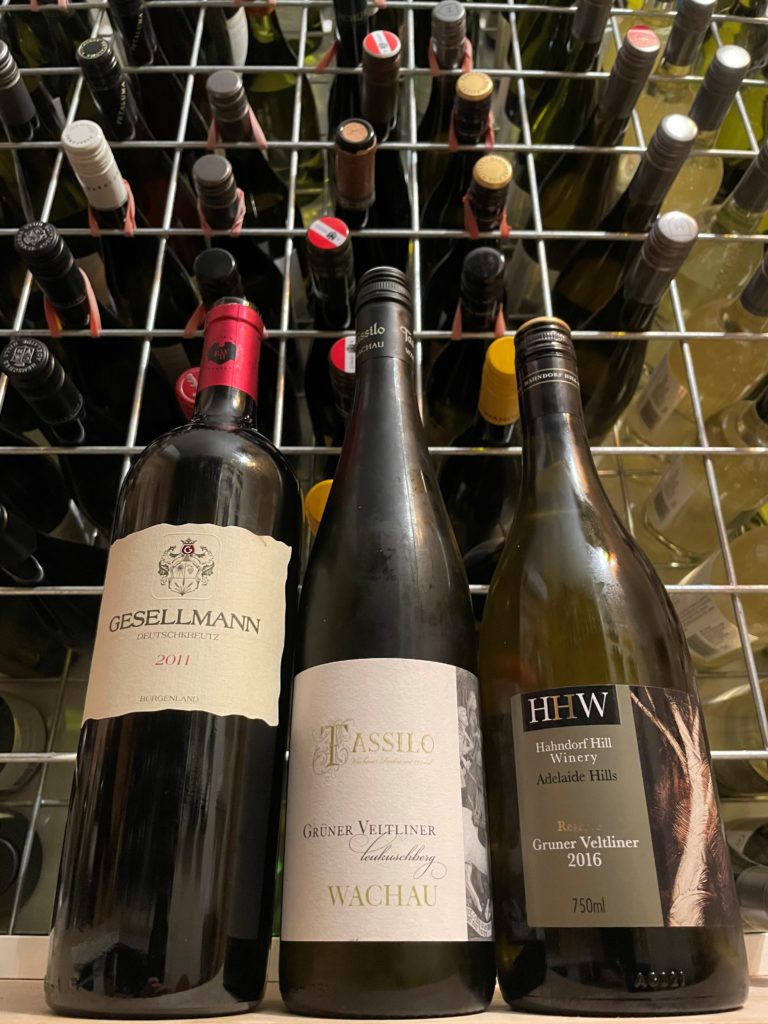
According to Norse mythology, each season is assigned to and governed by one of four deities. Winter is the dominion of the goddess Scadi, and as I sit down to pen you this letter from my home in the Adelaide Hills, I very much feel her frigid icy influence in the air. The nights are long and some mornings I could swear I feel Scadi’s frosty fingertips cutting right through me. It is enough to make old injuries ache and new complaints protest even louder.
Winter has a way of highlighting and drawing one’s attention to certain realities and inevitabilities. Scadi’s reign is necessary; the land needs a rest after the boon and abundance of the other seasons, and when we mortals finally rest, we tend to feel each and every one of our years. This evening, however, I am enjoying several of my favourite things: a warm fire, music, good company and a growing sense of quiet resolution. A resolve to not simply yield into maturity but rather to age gracefully and with a dignity born of a life well lived.
But where to seek noble role models? Where can one find examples of how to age with distinction? Well, in the wine cellar of course …

Few wines pair with a quiet wintery night in like a mature red blend from Burgenland. The region is internationally recognised for producing wines of deep complexity and gravitas and the 2011 Gesellmann ‘Deutschkreutz’ blend of Blaufrankisch and St Laurent is custom-made for evenings such as this.

I have written to you of Weingut Gesselmann previously and made special mention of their range of elite red blends which I tasted on my first trip to Austria, but let’s do a quick recap. Weingut Gesselmann farm 50 hectares consisting of several choice blocks within the Deutschkreutz sub-region. This multi-generational family business consistently achieves global acclaim for their wines which are made from classic Austrian and Western European varieties to exacting standards and which blend the best of the traditional with the cutting edge.
Like all great producers, they focus entirely on helping their wines speak of their time and place; a premium is placed on vintage expression and a quality over quantity philosophy means we are unlikely to ever get as much of their premium wines as we would like.
At 11 years old, the 2011 ‘Deutschkreutz’ Blaufrankisch/St Laurent blend is still a bold and robust example of the power which cuvées from this region exert, and which Gesselmann in particular are so famous for. Deep ruby-garnet red in the glass and with aromatics like black cherry, dark chocolate, woody spice and French oak, this wine is powerful, hearty and in “ALL CAPS”. The palate swirls with oak at first but this soon yields to a medley of blue/black fruits and a surprisingly delicate spice. I have tasted a number of its sister wines and I can well see the familial resemblance.
I was excited to pair this wine with seared duck breast in a pomegranate and anise jus on a bed of sweet potato mash.
A few weeks ago, I was gifted a bottle of Gruner from an Austrian visitor to our cellar door who I had met several years earlier. We had first met at a tasting in Hahndorf where I was presenting a number of our wines and he was astonished to see his favourite white variety not just growing but positively thriving thousands of miles away from its traditional home. We exchanged details and he promised to send me a special bottle from his homeland that he was convinced I would not have tried but absolutely needed in my life. Well, now I have, and he was 100% right!
The Muller family has been producing wines in the Kamptal region for generations; they make several styles of white, rosé, red and bubbles, but it is their Gruner Veltliner from the neighbouring Wachau region that I would like to share with you.
The ancient blocks that birthed this fruit are on the eastern end of the valley and belong to the Kremsmünster Abbey. The Abbey was founded in 777 AD by the Bavarian Duke Tassilo III and the first recorded vineyards were planted in 893 AD. It is for him the Muller family has named the wine they produce from this region.
The Leukuschberg site sits at the spot at which the narrow valley opens and is dominated by exposed and weathered bedrock; this topography and the region’s signature diurnal variation have penetrated the wine to its most elemental level. Made in the Klassik style, this 2015 ‘Tassilo’ Gruner Veltliner has beautiful natural acidity and is so mineral rich I am surprised BHP hasn’t bought up the whole vintage! The spice elegantly frames the pale golden apple and citrus fruits while the mouthfeel is full for the style but not cloying.

I would have loved to have paired this wine with crumbed fish, whitebait or a chorizo pizza, but it was a crispy roast pork night and it still broke my heart.
While our ‘Gru’ Gruner Veltliner is made in the Klassik style and our ‘White Mischief’ Gruner reflects a distinctly New World style, our ‘Reserve’ Gruner Veltliner takes its inspiration from the fuller, Reserve-style wines of the Kamptal. The 2016 Hahndorf Hill ‘Reserve’ Gruner Veltliner was the last vintage in our original label.
Like all Hahndorf Hill wines, the fruit from this most premium of blocks was harvested by hand, but unlike its kin she was wild fermented in French barriques on her lees for several months. This more ancestral style of winemaking is what has allowed the wine to express all the opulence and elegance this most regal of varieties is capable of.
She sits in the glass like a golden autumnal sunset, offering a thousand shades of the palest yellow to the deepest amber, like a chalice prized at the court of Montezuma. Aromatics of candied orange, vanilla and all-spice lazily roll over the lip of my glass and only briefly precede a palate rich in citrus marmalade, white pepper and oak so perfectly balanced one almost misses it – almost.
While this wine will effortlessly continue to mature for at least another nine or ten years, I am grateful I got to spend some time with her now.
All three of these wines have fortified me; I sense all of the aches and complaints of middle age are circling on the edge of my consciousness, but for now I am strong, confident that ageing well always comes down to planning. These wines were made with cellaring in mind, decisions regarding yield were made well in advance and choices were made in the winery that when considered in the whole, all contributed to wines that will continue to mature with grace for years to come.
It is in this spirit that we too must all look to the dozens of little decisions and choices that we make each day; get in the lift or take the stairs? Plan our meals or swing through the drive-through? These wines are where they are because of planning, preparation and considered execution; they elevate shared meals and stimulate intelligent conversation. I want that; I want to be that guy and I invite you to join me, first in the cellar amongst the dusty bottles … and then in the gym.
Prost, Jack.

